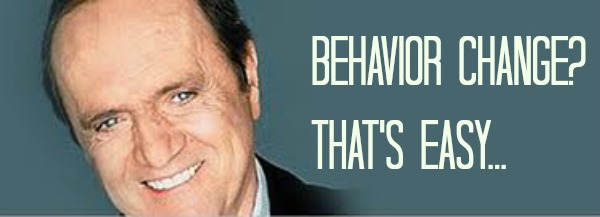Annoying Exercise Myths
If you’re still subscribing to any of these fitness/exercise myths, JUST STOP IT, as the old Bob Newhart psychiatrist character used to say (see here).
I’m keeping this list of pernicious myths short (just four), though like George Bush bloopers, there are so many to choose from. Like “spot-losing”….Please at least join the 20th century if you still believe you can “target” lose your belly fat. Or “lifting weights will make you bulky”. Every women’s health magazine has a diatribe against that one. So why are my four myths so annoying???
- Because they persist. Despite solid data which contradicts them, they might not even be “mostly dead”.
- They’re blocking you from optimal wellness. If they’re not injuring you, they’re at least slowing you down or making your exercise efforts less efficient.
- They’re indulged and even promoted by folks who should know better. No health professional is off the hook for at least trying to stay current.



